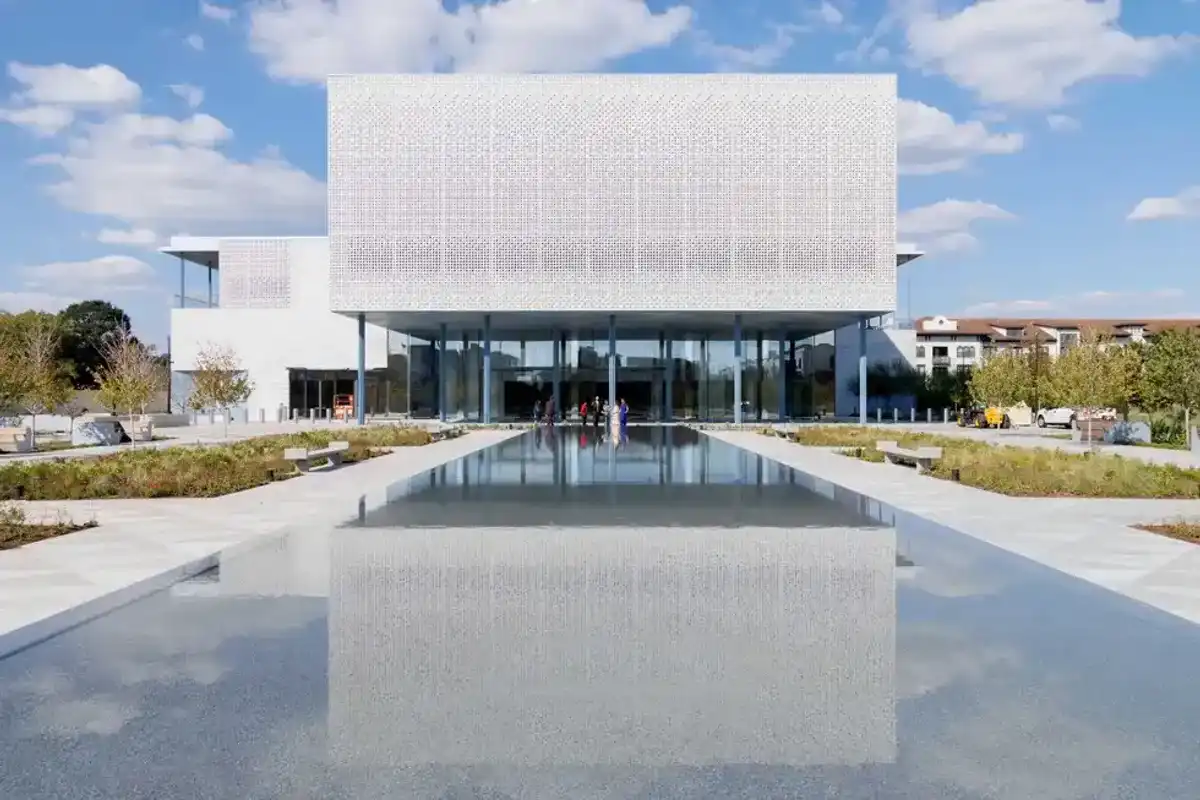Life-saving vaccine developed at University of Houston heads to human clinical trials
green light
Fentanyl kills nearly 200 Americans each day, but Houston researchers have developed a vaccine to prevent users from succumbing to an overdose.
Last week, a New York-based startup, OVAX Incorporated, announced that it has licensed that intellectual property and $10 million to commercialize that research.
The discovery of the vaccine comes out of the University of Houston lab of Colin Haile, a research associate professor of psychology at UH and the Texas Institute for Measurement, Evaluation and Statistics (TIMES), as well as a founding member of the UH Drug Discovery Institute. The vaccine will be marketed under the name Fentanyl Armour.
“We believe Fentanyl Armour could have a significant impact on a very serious problem plaguing society for years – opioid misuse,” says Haile, who serves as scientific co-founder and adviser at OVAX, in a press release.
Human trials are set to start as soon as the beginning of 2025.
“This breakthrough discovery could have major implications for the nation’s opioid epidemic by becoming a relapse prevention agent for people trying to quit using opioids,” adds Haile.
In fact, 80 percent of patients with opioid use disorder (OUD) will eventually relapse. Fentanyl Armour could become a landmark addition to our country’s fight against addiction.
- University of Houston plans to build new central campus innovation hub ›
- University of Houston doubles down on Sugar Land tech campus with $65M building ›
- New research lab opens in University of Houston's tech transfer facility ›
- University of Houston reveals $35M campus transformation ahead of centennial ›
- UH lab using mixed reality to optimize designs for the Moon and Mars ›
- University of Houston, Intel team up to prepare workforce for AI revolution ›
- Houston professor earned $500,000 grant to tap into digital twin tech for bridge safety ›
- University of Houston introduces institute to bring business solutions to health care industry ›





 2025 Houston Innovation Awards winners revealed at annual eventThe 2025 Houston Innovation Awards winners have been revealed. Courtesy photo
2025 Houston Innovation Awards winners revealed at annual eventThe 2025 Houston Innovation Awards winners have been revealed. Courtesy photo